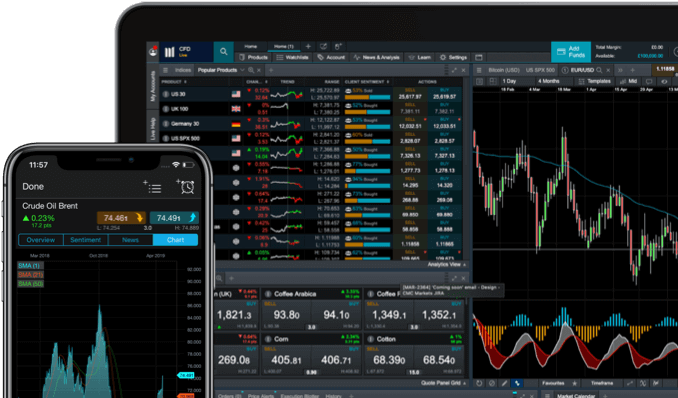While the CFD trading examples below will give you a great introduction to the inner workings of how you could potentially profit from CFD trading, the best way to learn is by practicing. Open a free zero-risk demo account to gain access to our institutional-grade trading platform.
The deal ticket in the platform doubles as a CFD calculator and will show your expected profit and loss for a trade before you execute, based on the number of units and stops/limits you’ve specified. Once you feel comfortable placing trades in the demo account, you have the option to upgrade to a fully-funded account to realise potential profits from your new-found trading edge.





